Solar flare danger! Earth-facing sunspot could unleash M-class flares
Terrifying M-class solar flares could be on the cards as a sunspot facing the Earth has developed an unstable “beta-delta” field, reports NASA’s Solar Dynamics Observatory.
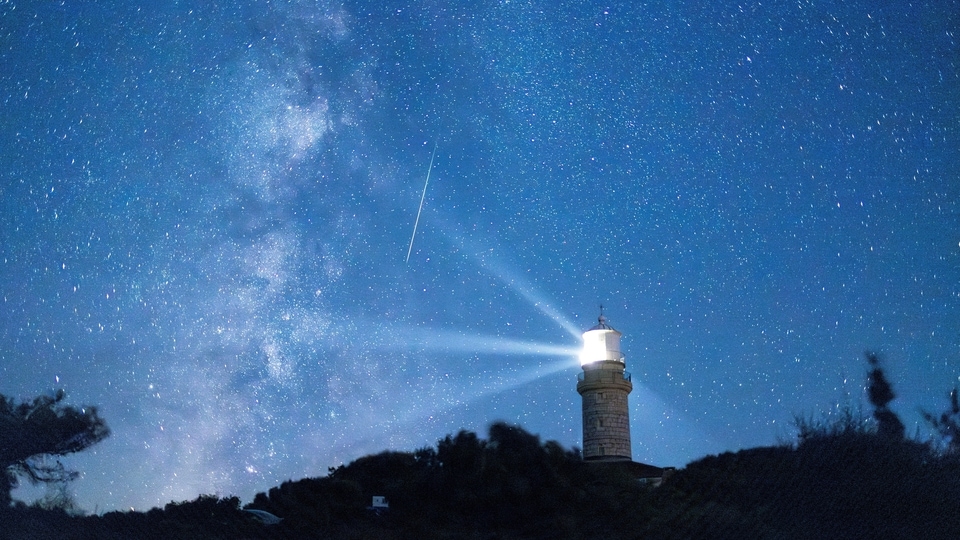
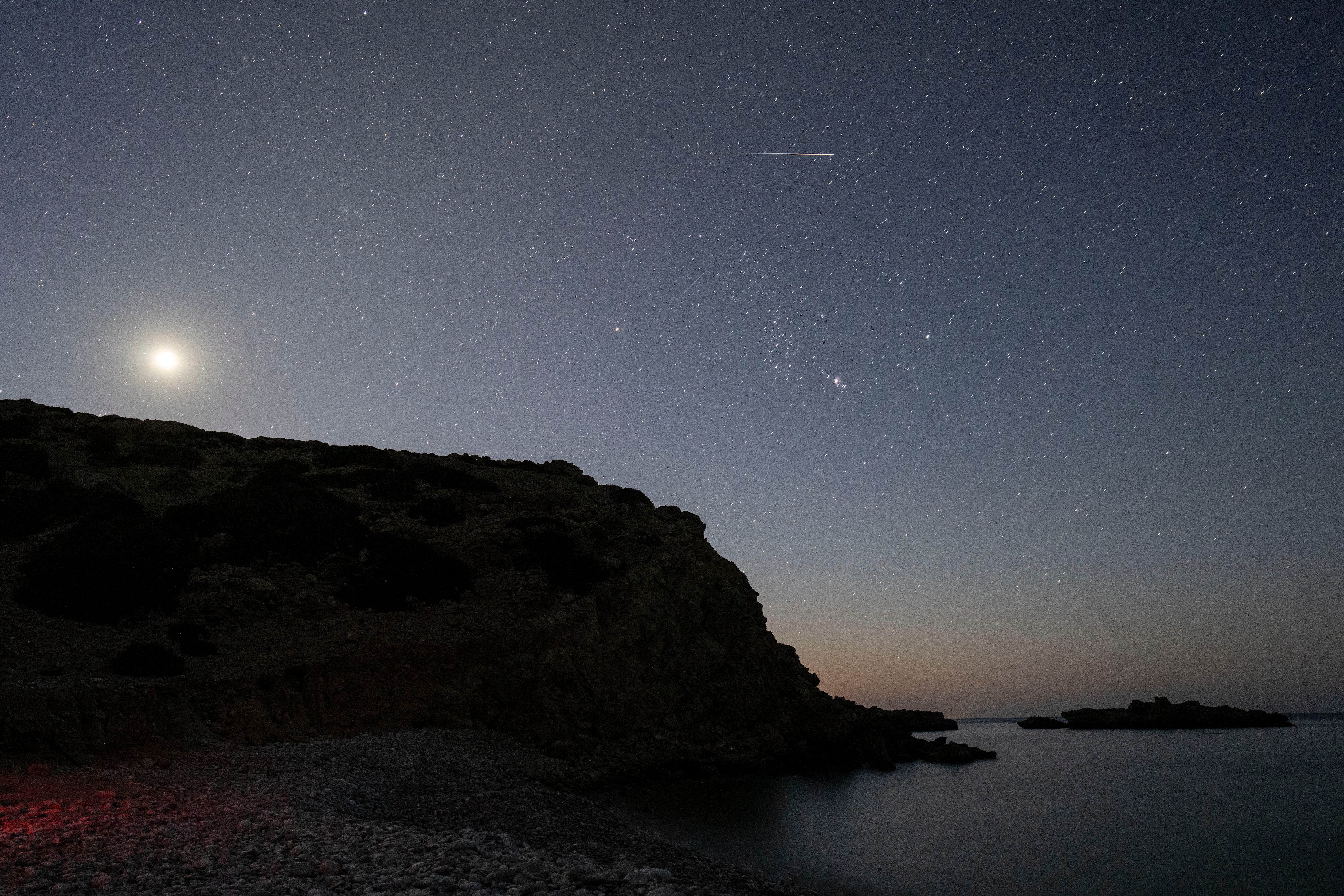
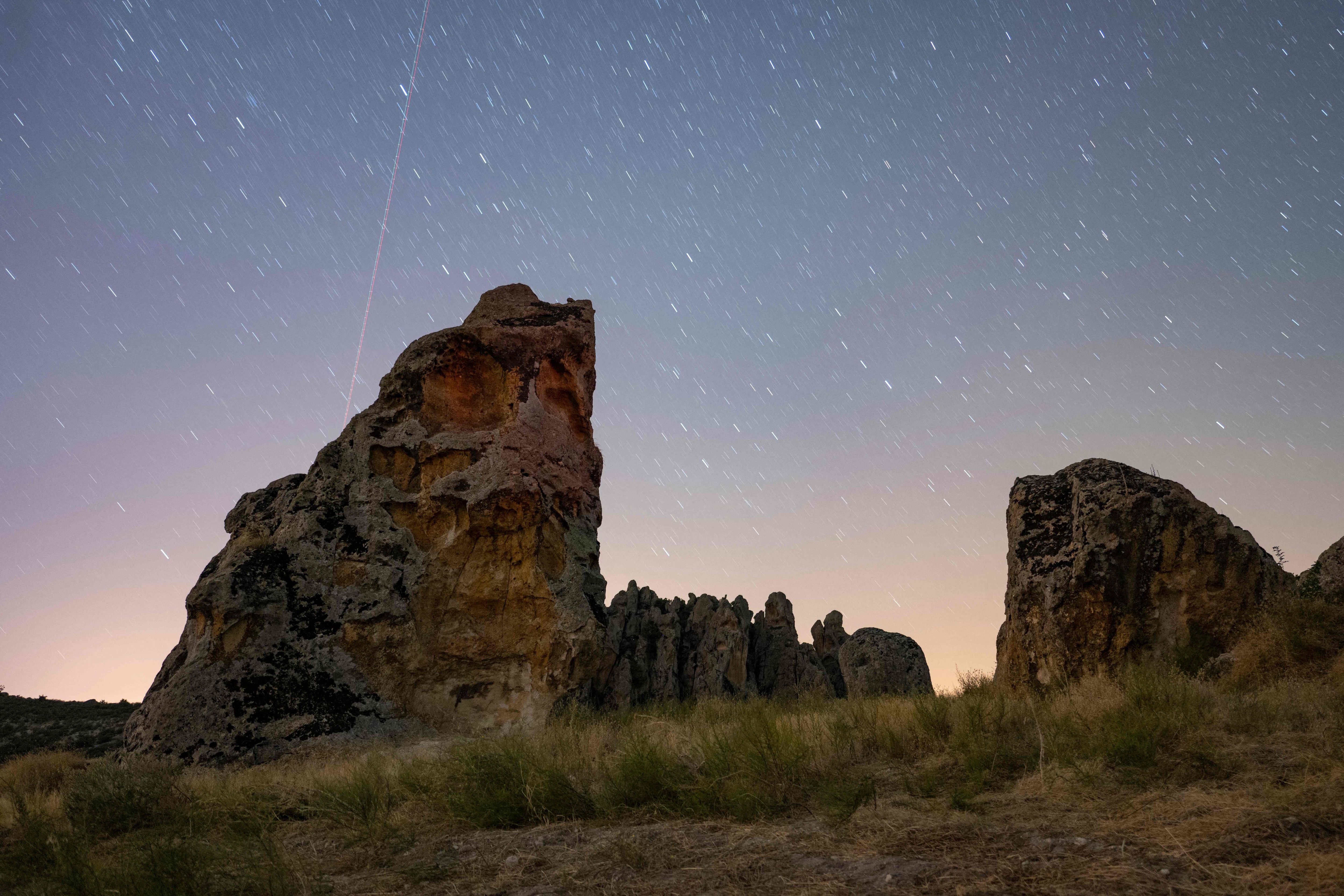
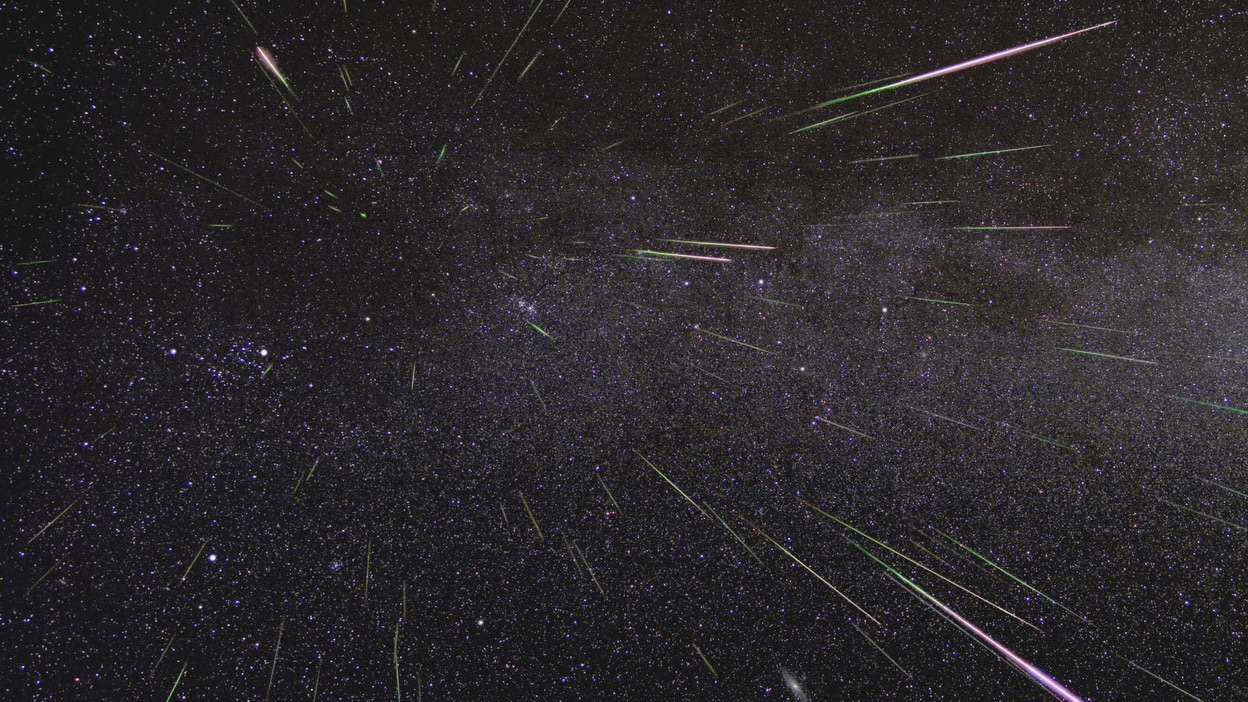
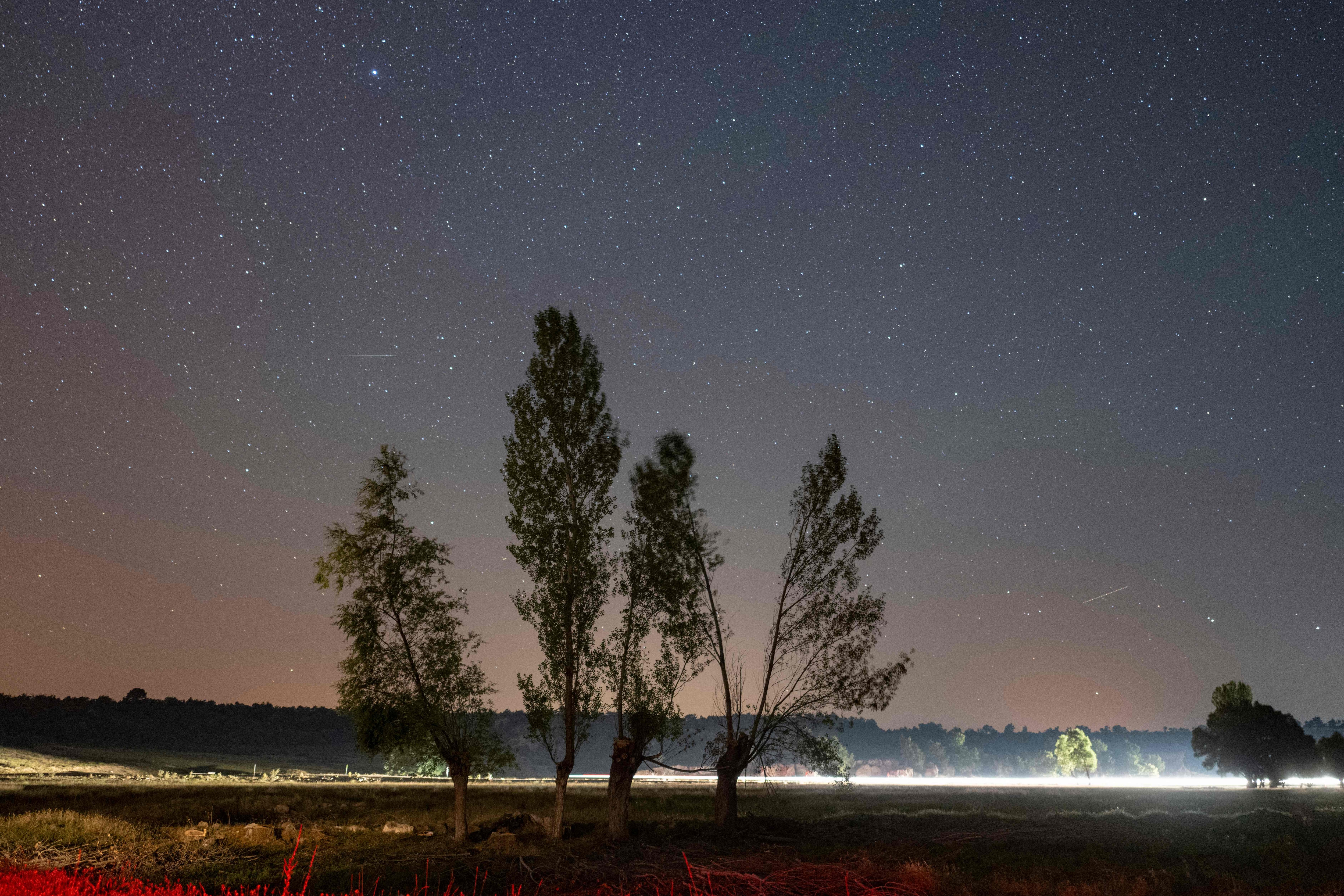
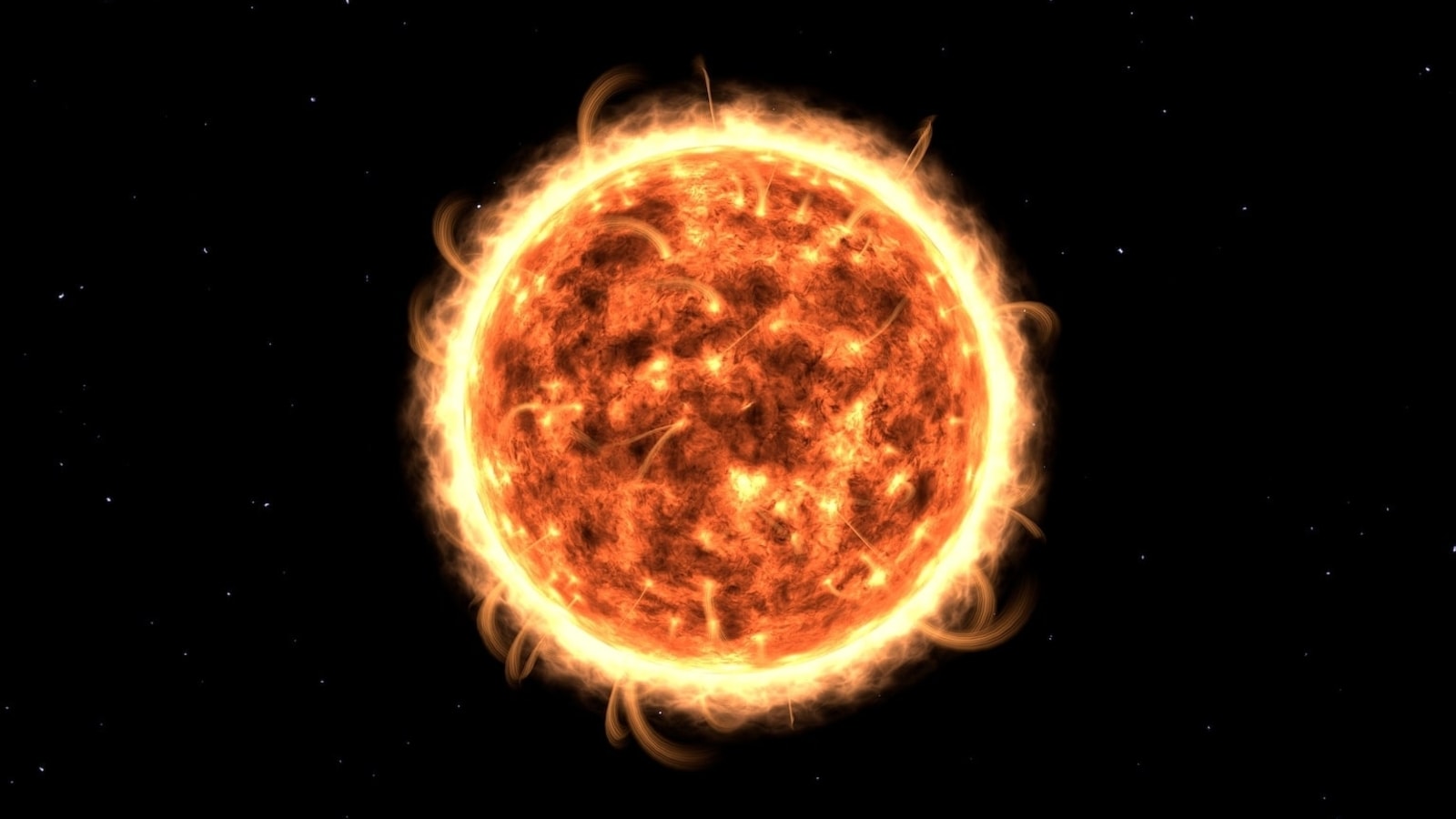
 View all Images
View all ImagesSolar flares are classified according to their strength on the logarithmic scale, similar to how earthquakes are measured, according to NASA. The smallest ones are A-class which occur at near background levels, followed by B, C, M, and X. Similar to the Richter scale that is used for measuring earthquakes, each letter on the logarithmic scale represents a 10-fold increase in energy output. So an X is ten times an M and 100 times a C. Within each letter class there is a finer scale from 1 to 9.
Now, an Earth-facing sunspot could unleash powerful solar flares that could have the potential to wreak havoc.
Unstable sunspot
According to a report by spaceweather.com, NASA's Solar Dynamics Observatory has revealed that an active region on the Sun's surface named sunspot AR3395 has an unstable ‘beta-delta' magnetic field which could result in strong explosions on the solar surface. This sunspot could hurl out dangerous M-class solar flares directly towards us as it is located on the Earth-facing side of the Sun.
The report states, “Sunspot AR3395 has a 'beta-delta' magnetic field that harbors energy for strong M-class solar flares.”
Due to the unstable nature of the sunspot, there is a 99 percent chance for C-class flares and a 25 percent chance for M-class flares. As per the report, the chances of an X-class flare are very minute, at just 1 percent.
Impact of the Sun
Our Sun has a thin layer of second atmosphere that lies just above the photosphere as well as a huge corona. This is the region where we see most of the solar phenomena such as solar flares, prominences, and coronal mass ejections occur, most of which can directly impact Earth. While Sun's energy is crucial for life to exist on Earth, its related solar phenomena can cause severe damage, especially to tech instruments.
Strong, X-class solar flares that the Sun hurls out can disrupt global communications, harm satellites, and bring down the power grids to create blackouts. They can also create radiation storms which can give small doses of radiation to the people flying in airplanes at the time and astronauts too!
Catch all the Latest Tech News, Mobile News, Laptop News, Gaming news, Wearables News , How To News, also keep up with us on Whatsapp channel,Twitter, Facebook, Google News, and Instagram. For our latest videos, subscribe to our YouTube channel.





























